In 2018, I backpacked 1,600 miles from Victoria Falls to Zanzibar. I traveled using public transportation. Minibusses, motorcycles, ferries, and auto rickshaws were all fair game. This post details my stops in Victoria Falls, South Luangwa National Park (safari), Lake Malawi, Mafia Island, and Zanzibar. To see video highlights from my trip, please see the “best of” video here. If you are looking to plan a similar trip, or have general backpacking questions, please leave a note in the contact me section.
VICTORIA FALLS
Victoria Falls sits at the border of Zambia and Zimbabwe. It is known to locals as Mosi-oa-Tunya, “the smoke that thunders.” Livingstone, Zambia and Victoria Falls, Zimbabwe are the main tourist hubs, offering food, accommodation, and activities for travelers. While in Victoria Falls, I stayed with Jollyboys Backpackers in Livingstone, Zambia.
Livingstone bares the name of Scottish physician and missionary Dr. David Livingstone. Dr. Livingstone dedicated his life to exploring the continent and ending the East African slave trade. During one expedition, he lost contact with the outside world for six years. Two newspapers, the New York Herald and the Daily Tribune, sent Henry Morton Stanley to find the missing explorer. Stanley would eventually find Livingstone and greet him with the phrase, “Dr. Livingstone, I presume?” Dr. Livingstone died in Africa. In 1873, while on an expedition in Zambia, he succumbed to malaria.
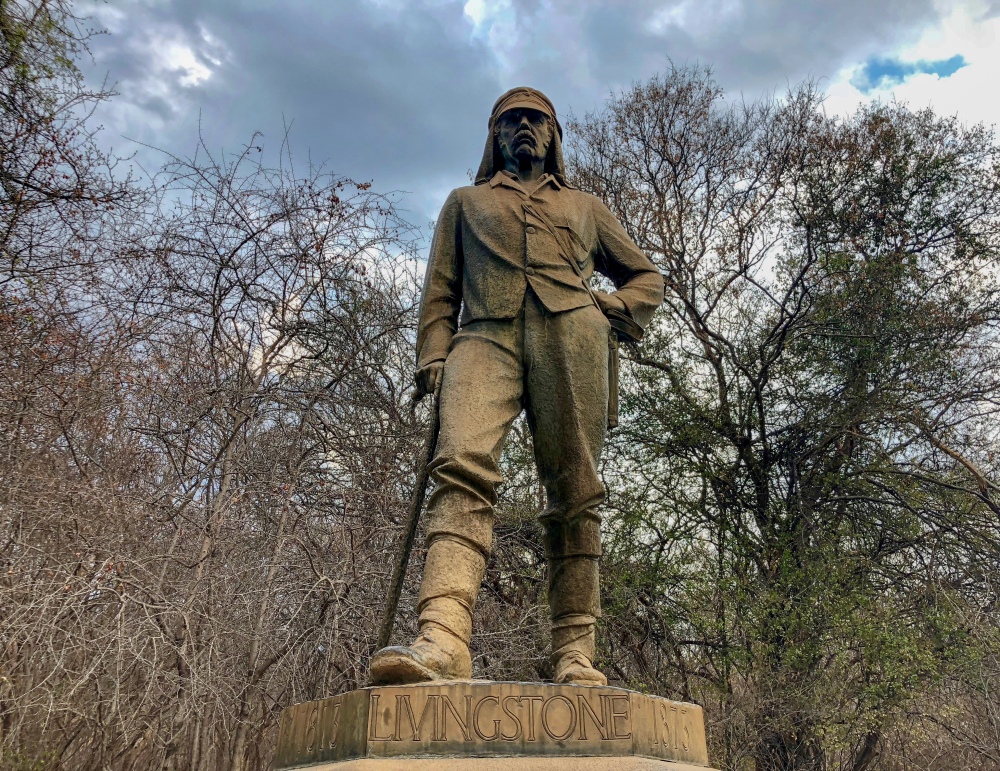
I spent two days visiting the national parks on the Zambian and Zimbabwean sides of the falls. The highlight was visiting Devil’s Pool. Devil’s Pool sits at the top of Victoria Falls at a height of 350 feet. Devil’s Pool is only accessible when the Zambian side of the falls runs dry. This is usually from August to January. I entered Devil’s Pool as the Zambezi river rushed over the falls and a rainbow formed in the pinkish sunrise. There were only three of us: the guide, another traveler, and myself. We swam across the pool to the edge of the falls. The guide held our legs as we took turns leaning over the edge. I saw a tower (group) of giraffes on the drive back from Devil’s Pool. My instincts told me these were fake. I said to the taxi driver, “these are planted right?” He said nothing. One of the giraffes craned its neck. I nearly jumped out of my seat. The taxi driver turned the car around. I climbed out of the taxi window and saw my first giraffe.
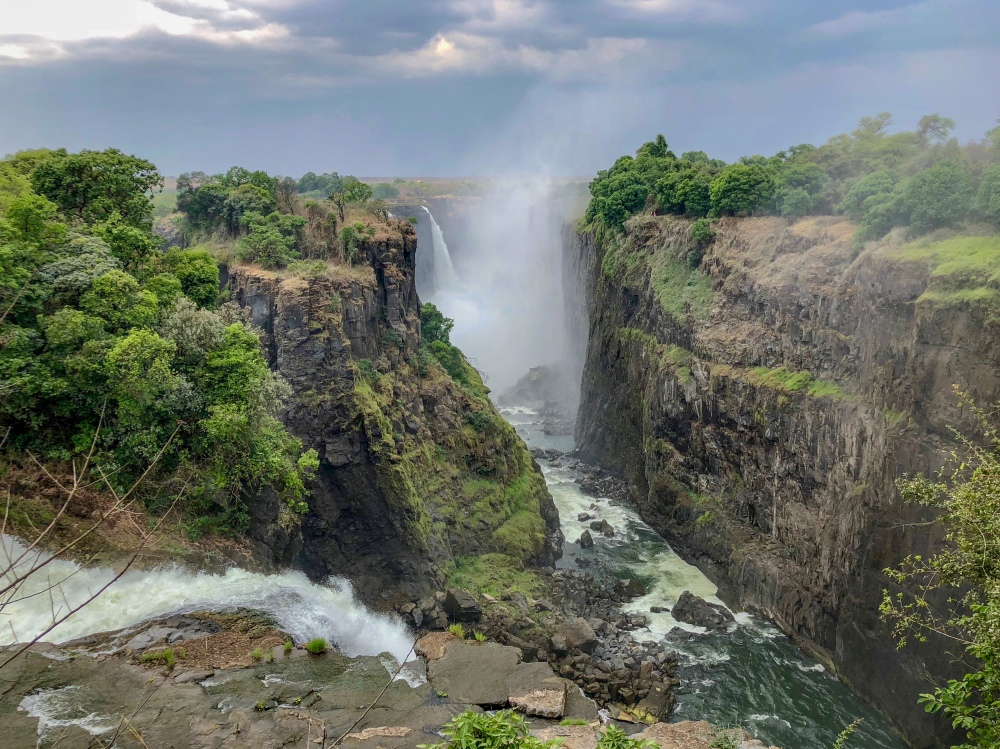

SOUTH LUANGWA NATIONAL PARK
Located in Mfuwe, Zambia, South Luangwa National Park lies 700 miles from Livingstone and 400 miles from the capital city of Lusaka. I traveled to South Luangwa by bus from Livingstone. I visited South Luangwa because it is one of the best places to “budget safari” in Africa. There are a few lodges offering backpacker-friendly accommodation and safari packages. I stayed at Marula Lodge which sits just outside of the park. I camped in a tent overlooking the Luangwa River. It is not uncommon for elephants and hippos to cross the river and wander into the campground. When I checked into the lodge, I met a couple who set up motion-activated cameras around our tents. The next day, we checked the footage and found a pack of lions had visited our camp during the night. On my last night in the tent, I woke up to a hippo grazing next to me. The highlights of South Luangwa National Park were the leopards, lions, elephants, and the Luangwa River.
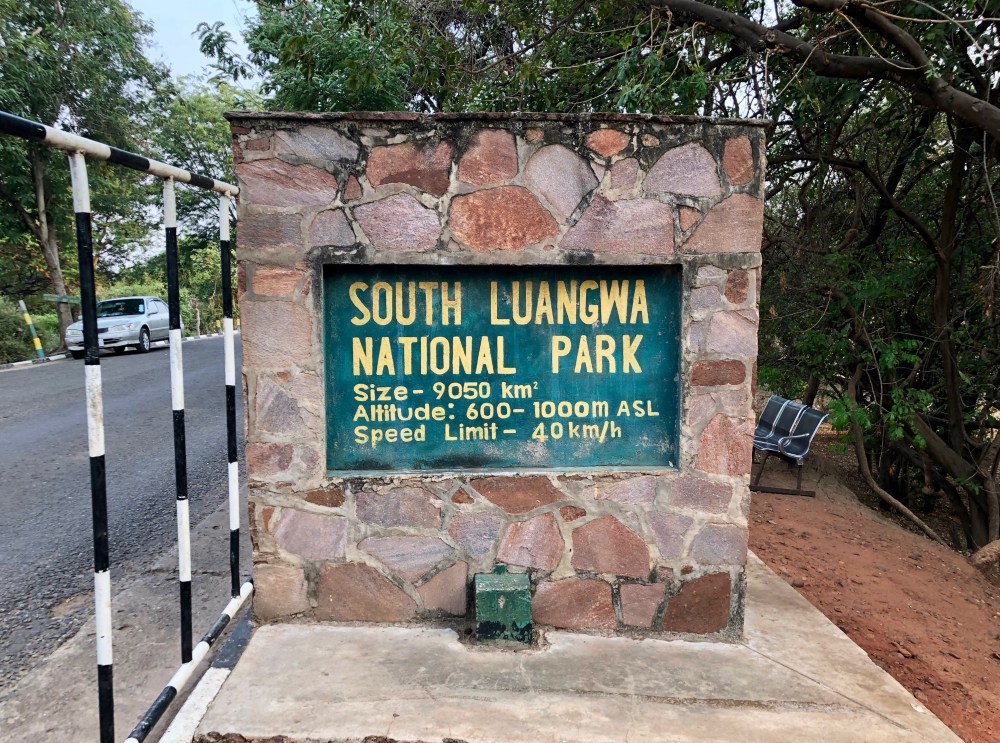
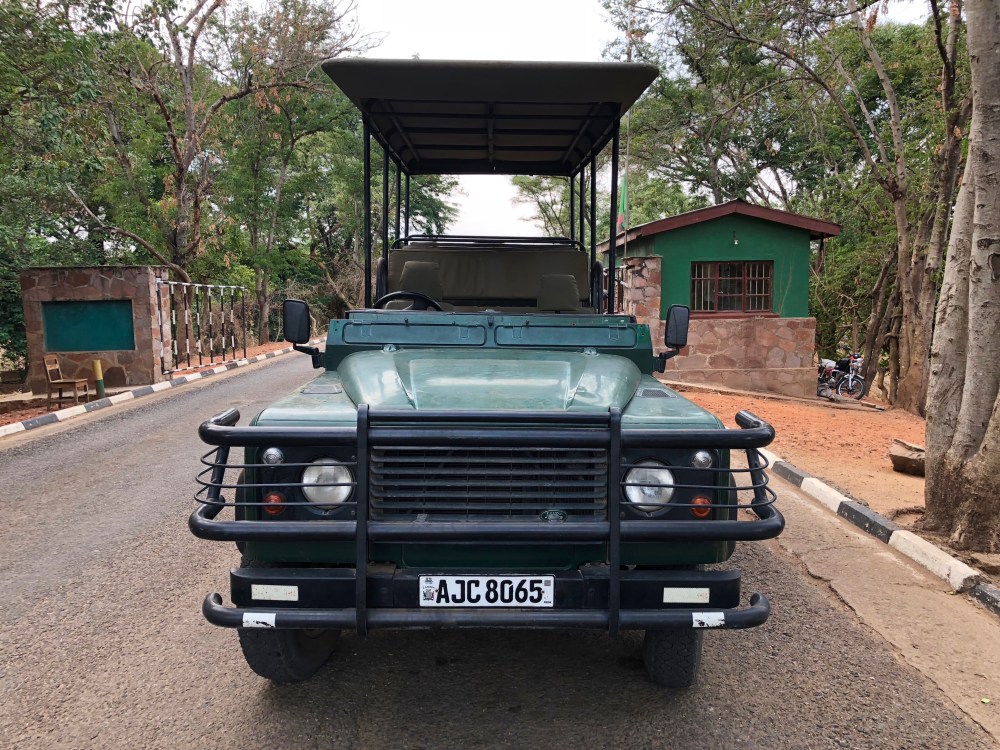
While leopards are known for being camera-shy, South Luangwa’s population is known for being relaxed around humans. I saw two leopards in the park. Both had an uncanny ability to go from resting to hunting in a split-second. Leopards have dark spots called rosettes. These markings provide camouflage when leopards stalk their prey. I saw this first hand. If I was not accompanied by a trained guide, I would never have seen our first leopard. She was lounging in a tree, perfectly hidden in the shadows. After a few minutes, she climbed down from the tree and began stalking an animal. I was later told that she successfully killed a baby impala. I saw the second leopard, a male, during the evening game drive. He was stalking a baby impala in an open field. After a few minutes, he took off like a rocket ship after the impala. The impala eluded him in an open field chase.
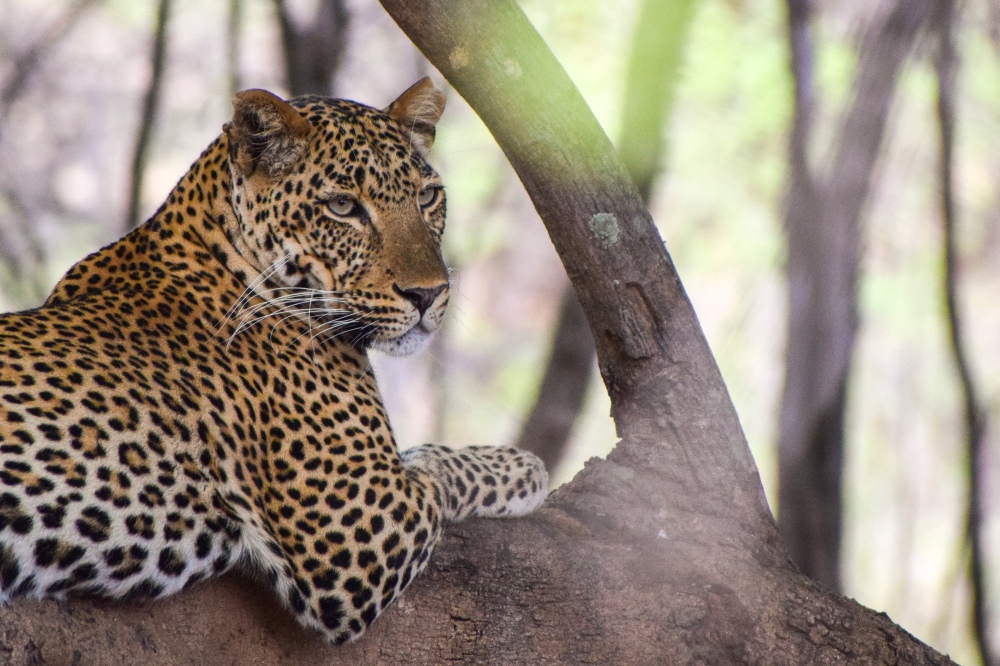
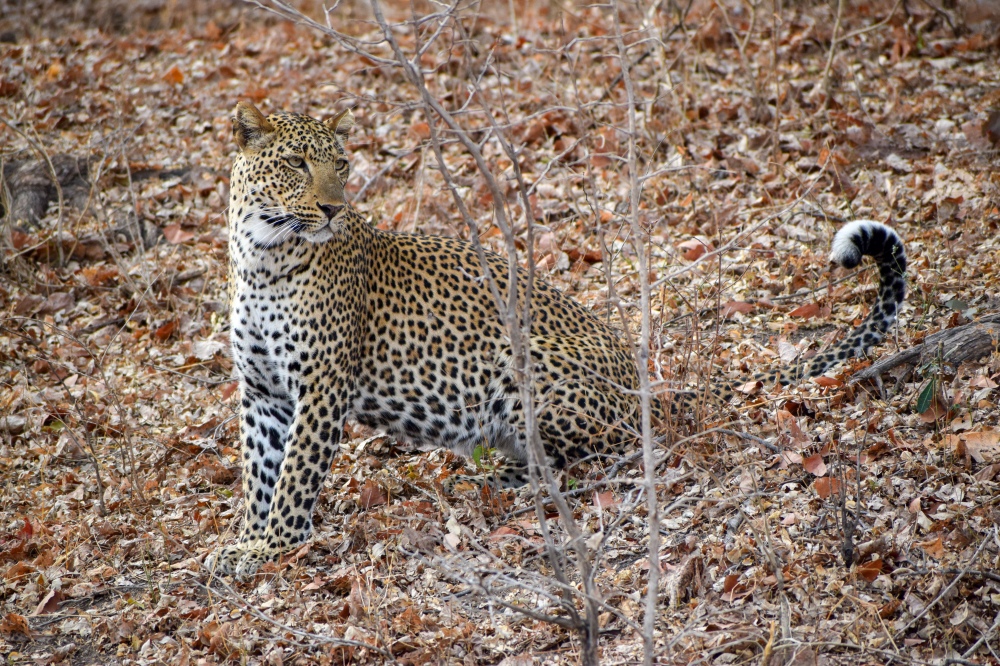
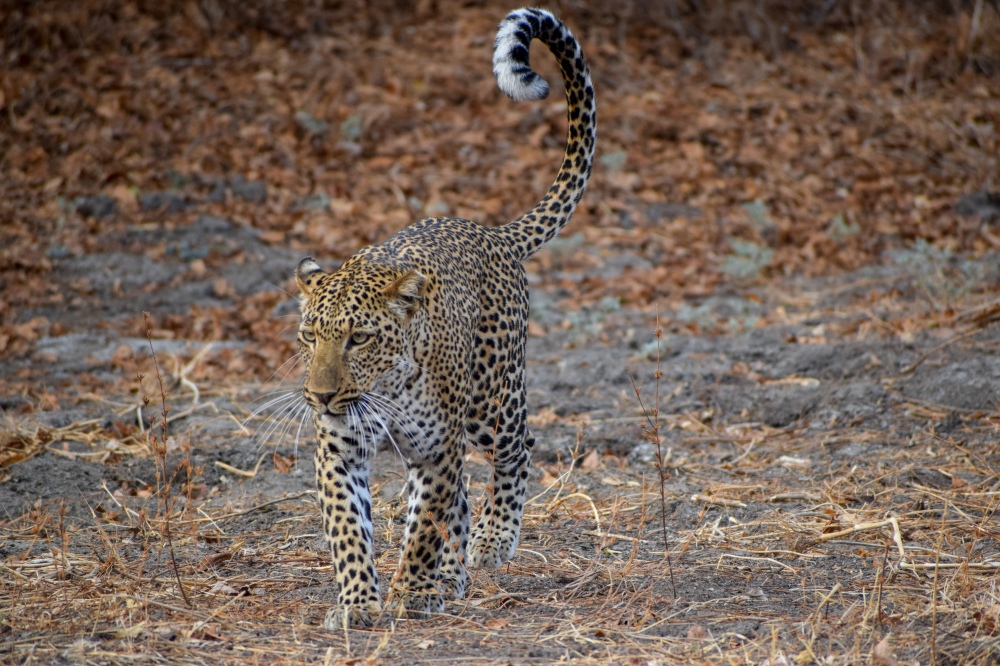
The lions were just as impressive. I saw two male lions who had just won a turf war against a rival pride. The lions were napping as the sun was beginning to set. They were resting after a long battle. One of the lions had a thin scar running the length of its neck. This lion was not wounded in battle, but by a poacher’s snare. If park rangers did not intervene, this lion would have died. Seeing this was a difficult reality. Lions are living beings and deserve our protection. In places like South Luangwa, lions are an important resource. They are worth far more alive than dead. Over its lifetime, the economic value of a lion is enormous. The tourism value they create can sustain a community. Lions are one of the many animals threatened by poachers.
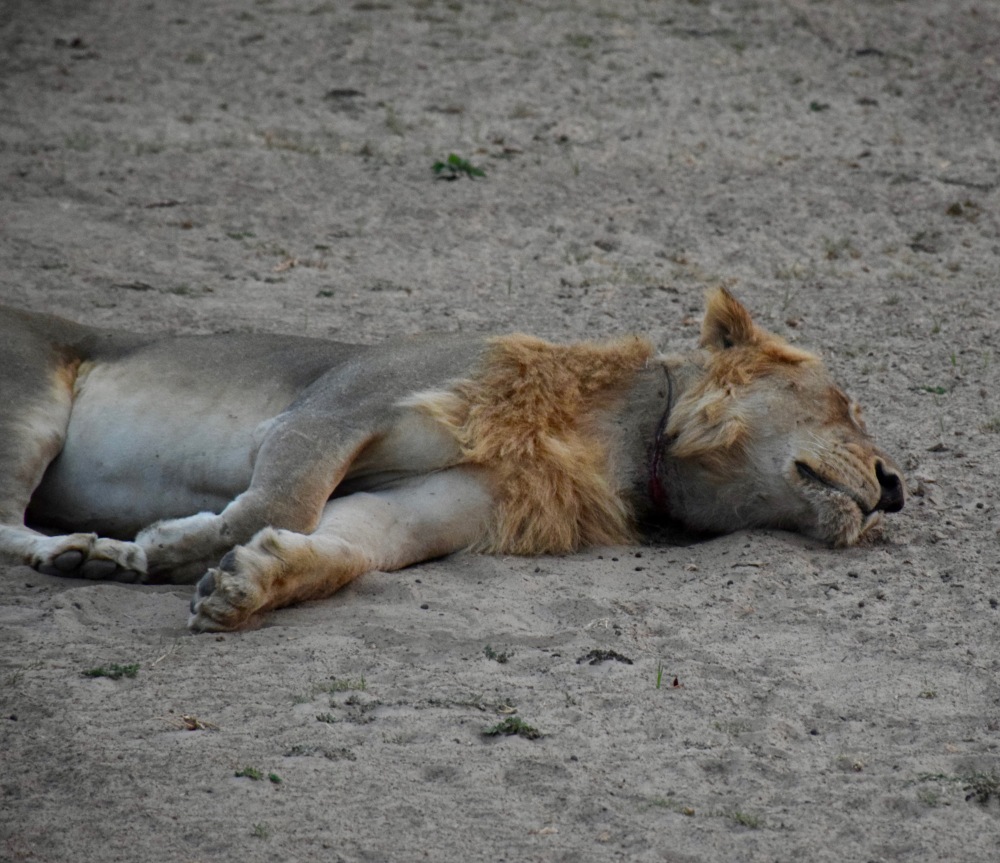
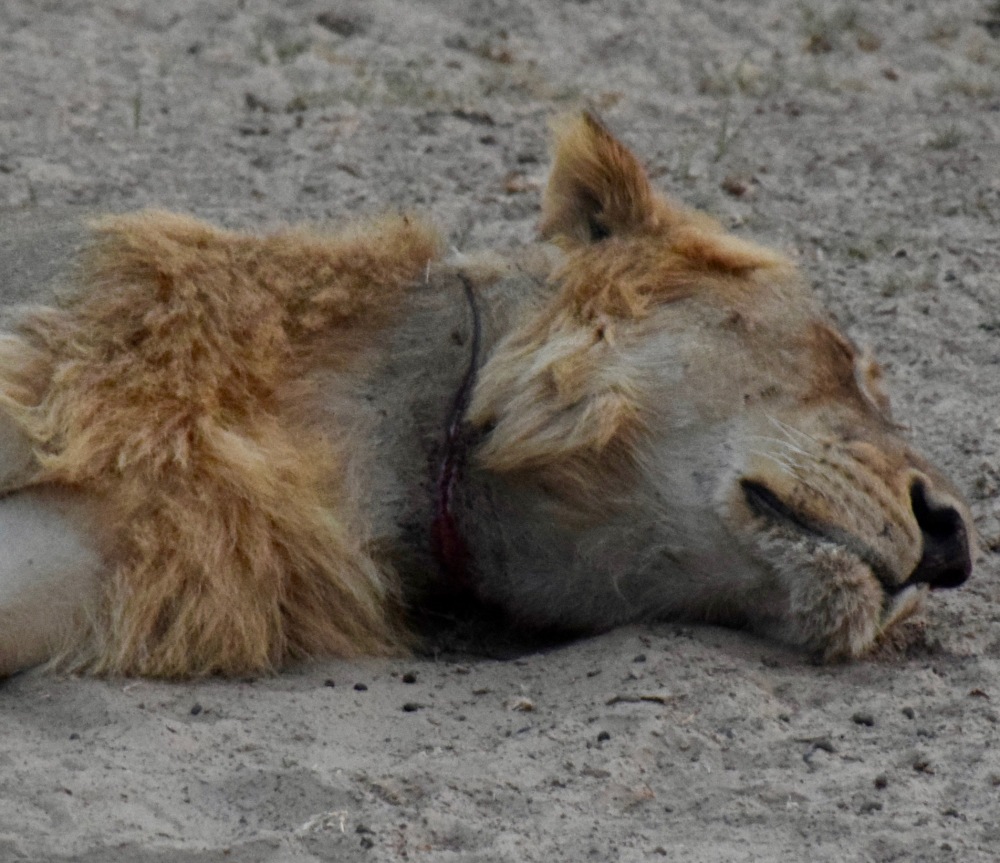
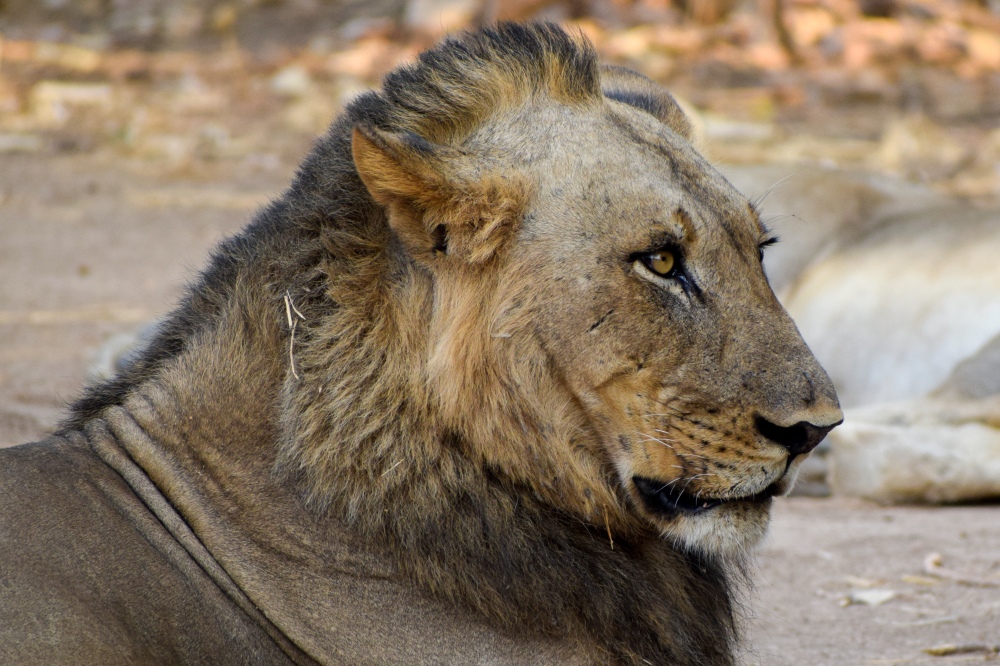
Elephants roam South Luangwa in abundance. They commanded my attention like no other animal in Africa. The size of an African elephant is staggering. They are the world’s largest land animal, growing over 13 feet high and weighing seven tons. While they are always stunning to look at, they are particularly beautiful during sunrise and sunset. Their enormous bodies act as a canvas for the sun’s rays. It is important to treat elephants with caution. Male elephants pose a risk when they are alone or going through must (or both). On two occasions, we, the guide and myself, encountered lone male elephants. They were not happy to see us, so we slowly moved out of their way. Luckily, I was with an experienced guide who kept us and the elephants safe.
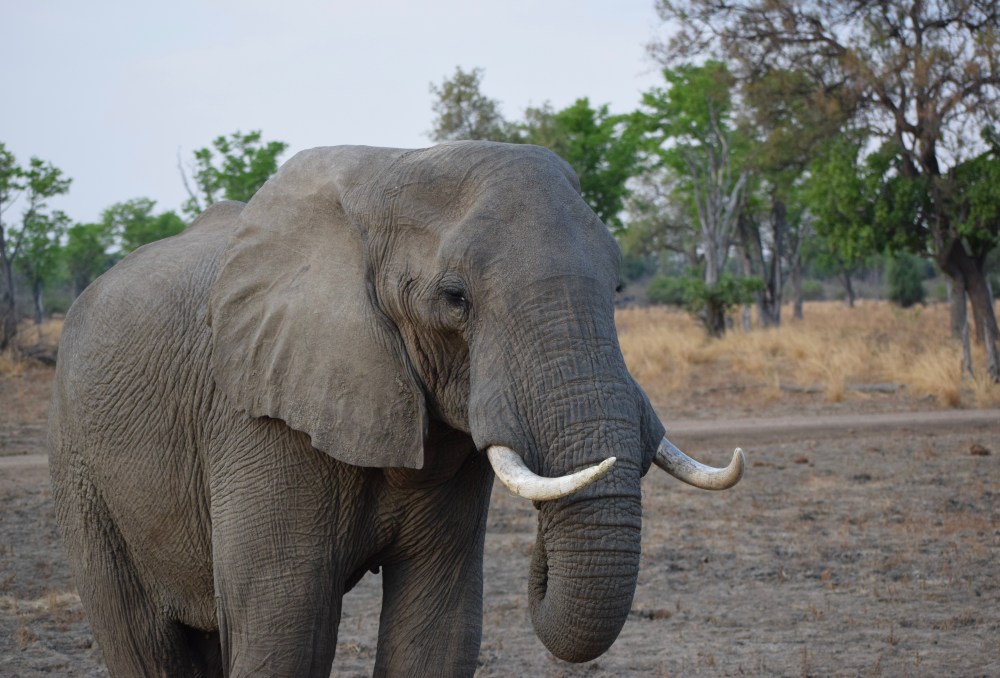
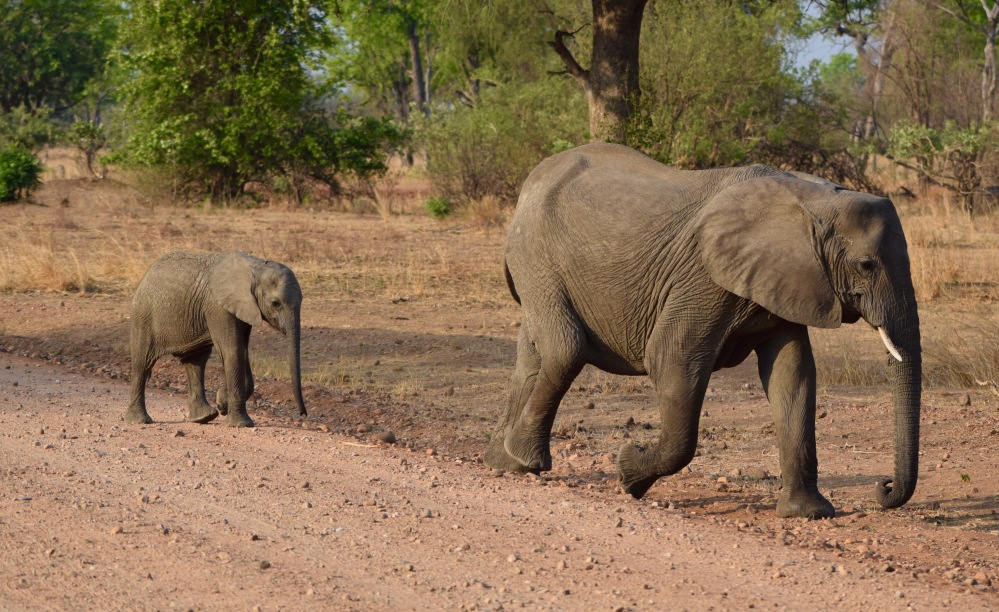
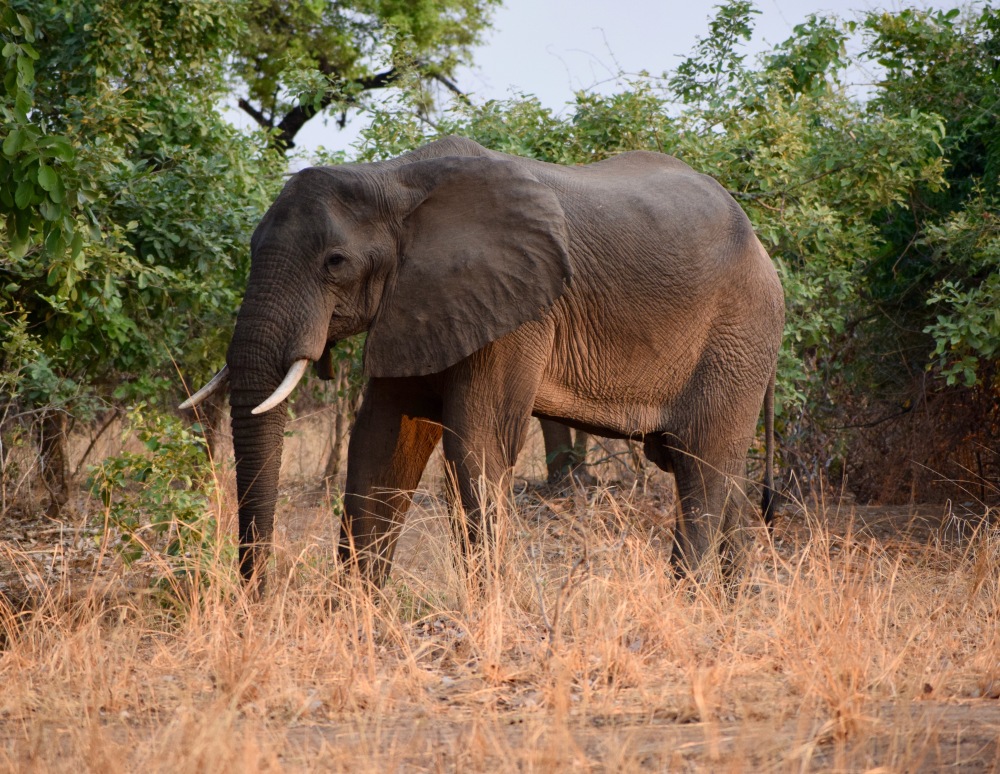
Hippos and crocodiles rule the Luangwa River. Both are short-tempered and highly territorial, making them two of Africa’s most dangerous animals. Needless to say, the Luangwa River is not a popular place to swim. Entering a crocodile or hippo’s territory is like breaking into someone’s house. I was only allowed to view them from a high river bank, well out of harm’s way. The crocodiles I saw looked uninterested in me and even skittish at times – they would dart into the water if I approached the river bank too quickly. Hippos have sensitive skin and avoid direct sunlight. As the sun went down in South Luangwa, hippos climbed the river banks to feed on vegetation. Watching these giant animals – hippos can weigh as much as 4,000 pounds – climb the riverbanks was a spectacle in itself.
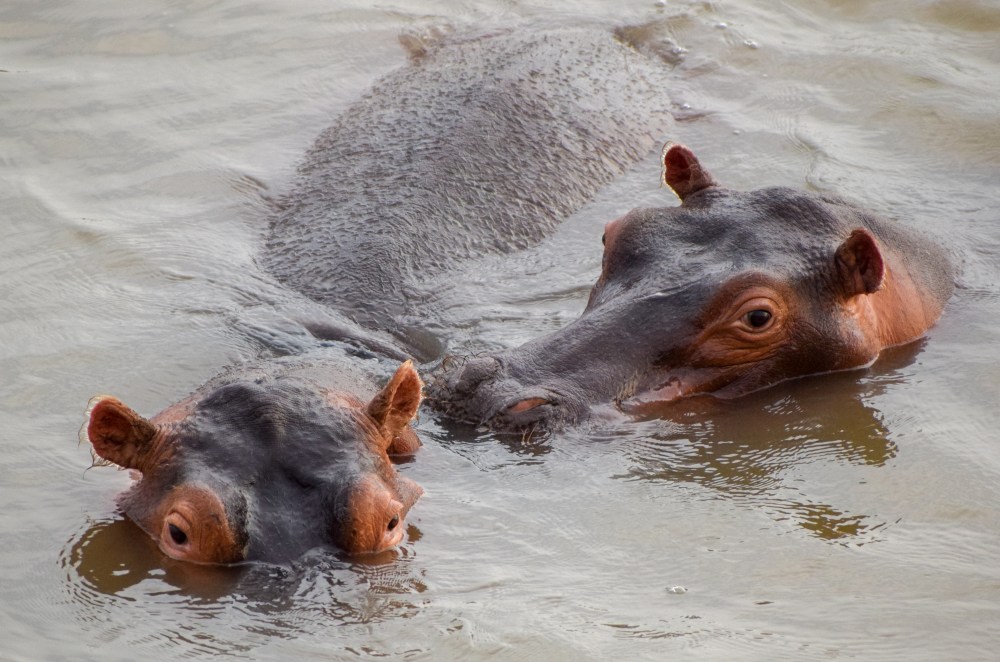
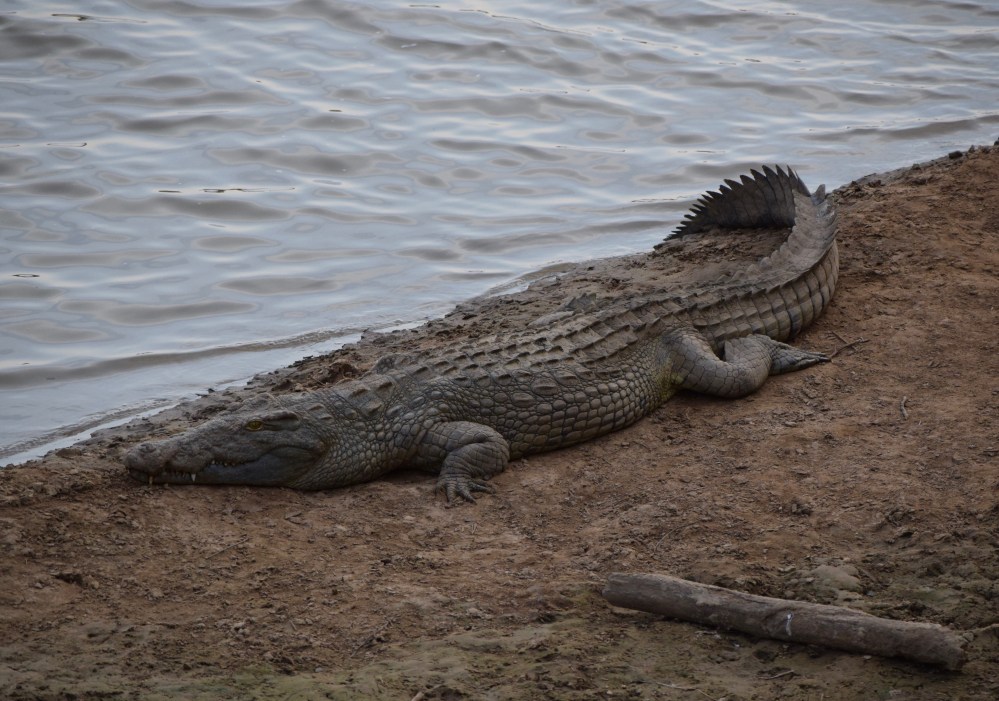
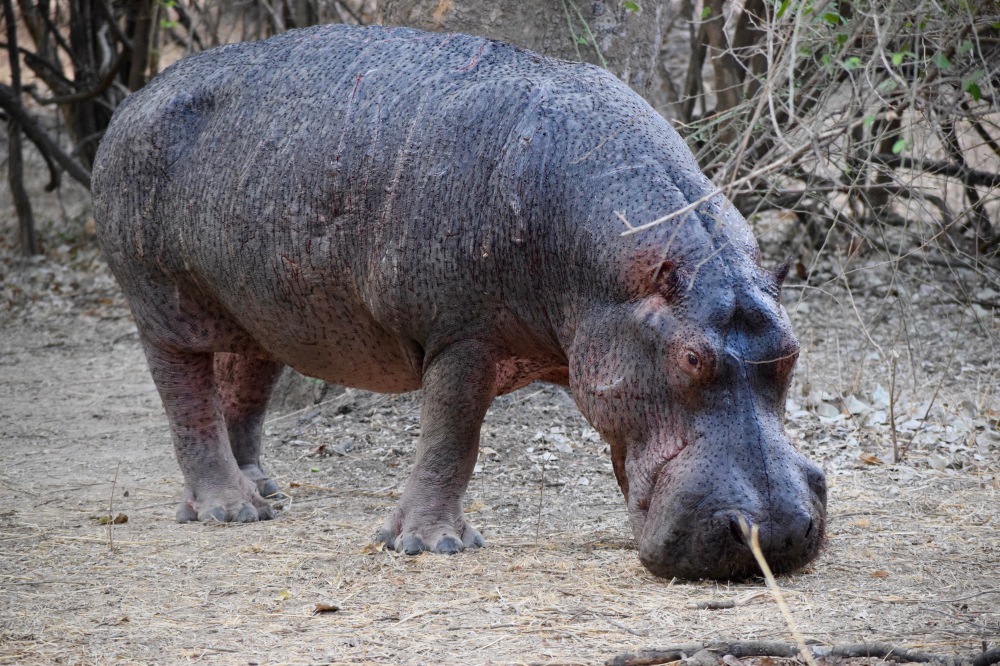
LAKE MALAWI
Lake Malawi is home to more species of fish than any lake in the world. It is the world’s fourth largest lake (by volume) and Malawi’s top tourist destination. Malawi is the world’s third poorest country according to the IMF. Its economy is mainly driven by agriculture, leaving it vulnerable to external shocks like changing weather patterns. For this reason, Malawi has one the world’s least developed economies. In spite of these challenges, Malawi is known as the “warm heart of Africa,” due to its friendly people and welcoming culture. It is a haven for backpackers, offering inexpensive food, accommodation, and plenty of things to do. I logged five scuba dives in Lake Malawi. Clear warm water makes it a destination for freshwater divers. Aside from diving, I took paddle board trips, cliff jumped, and went for sunset hikes around the lake. All in, I spent over two weeks in Malawi. The bulk of my time being spent in Cape Maclear, Likoma Island, and Nkhata Bay.
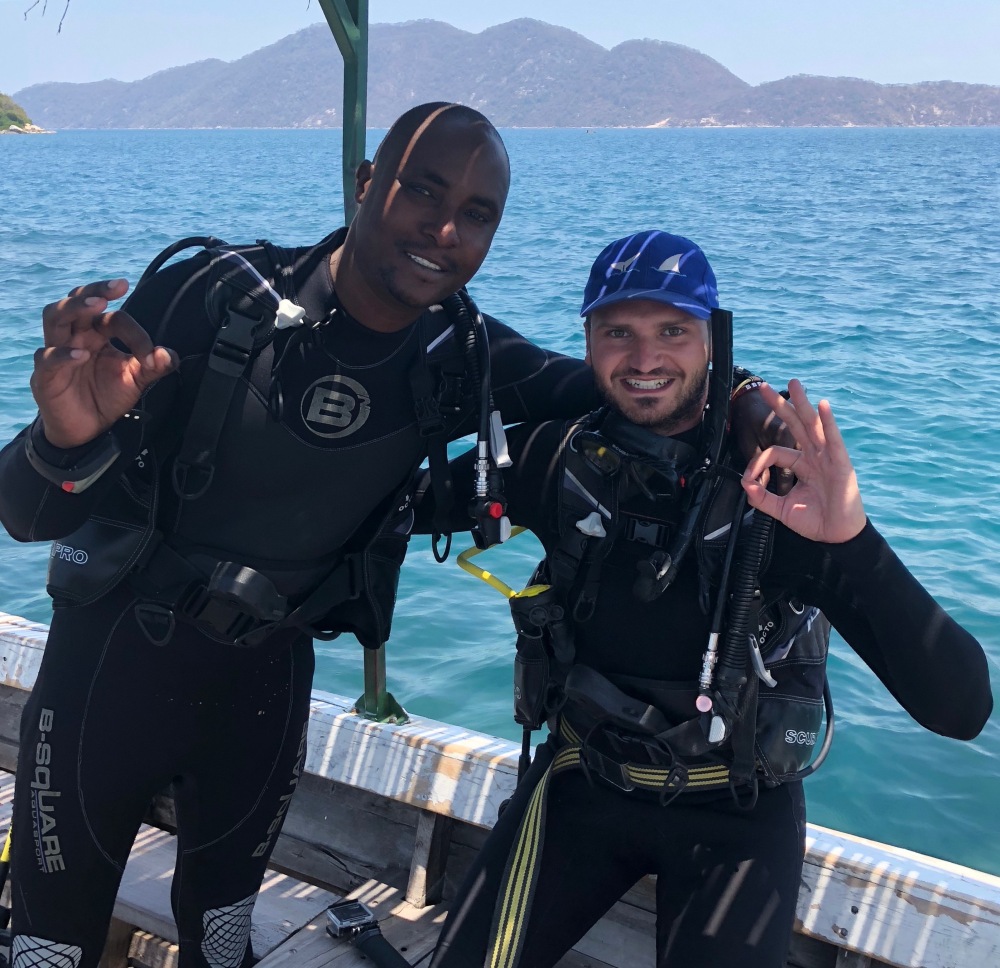
What I enjoyed most about Malawi was its people. Countless locals went out of their way to help me and strike up conversations. I was traveling with a guitar and played in several impromptu jam sessions. In Cape Maclear, I joined the local children’s band for a concert on the beach. We played “Who Let the Dogs Out,” and “Waka Waka,” as the sun sank behind us. For many of them, it was their first time seeing a guitar. I shaped chords as the kids took turns strumming my guitar. I had a similar experience in Likoma Island when a local band arrived at our hostel. The guitar player’s string broke so I offered him my guitar. Before I knew it, I was jamming with the band and joined them the following day for band practice (pictured below). The guitar player even hosted me for dinner. We enjoyed a Malawi staple, nshima (cornmeal porridge) and beans. What was my takeaway from all of this jamming? Music is powerful in that it unifies people. It spans across continents, languages, and beliefs.
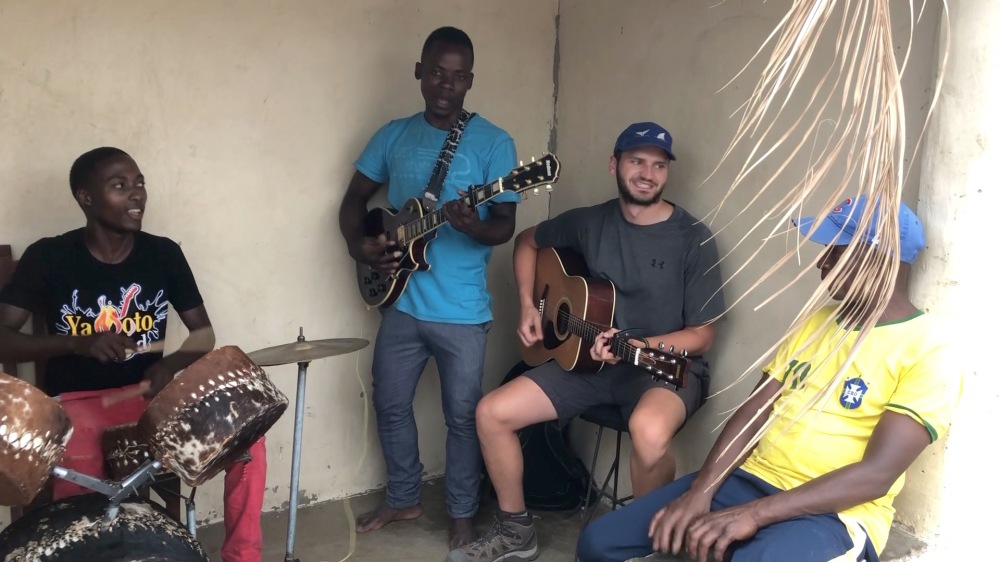
My first stop in Malawi was Lilongwe, the capital city and the country’s transportation hub. From Lilongwe, I rode by minibus to Cape Maclear on the southern shore of Lake Malawi. I stayed at the Funky Cichlid in Cape Maclear. From Cape Maclear, I took the Ilala Ferry overnight to Likoma Island. There was no wind so the ferry was smooth and offered beautiful views of the lake. At night, the lake was calm and acted like a mirror for the moon and stars. I later found out that, for this reason, Lake Malawi is known as the “lake of stars.” I camped on the ferry’s top deck and slept little. The view was distracting.
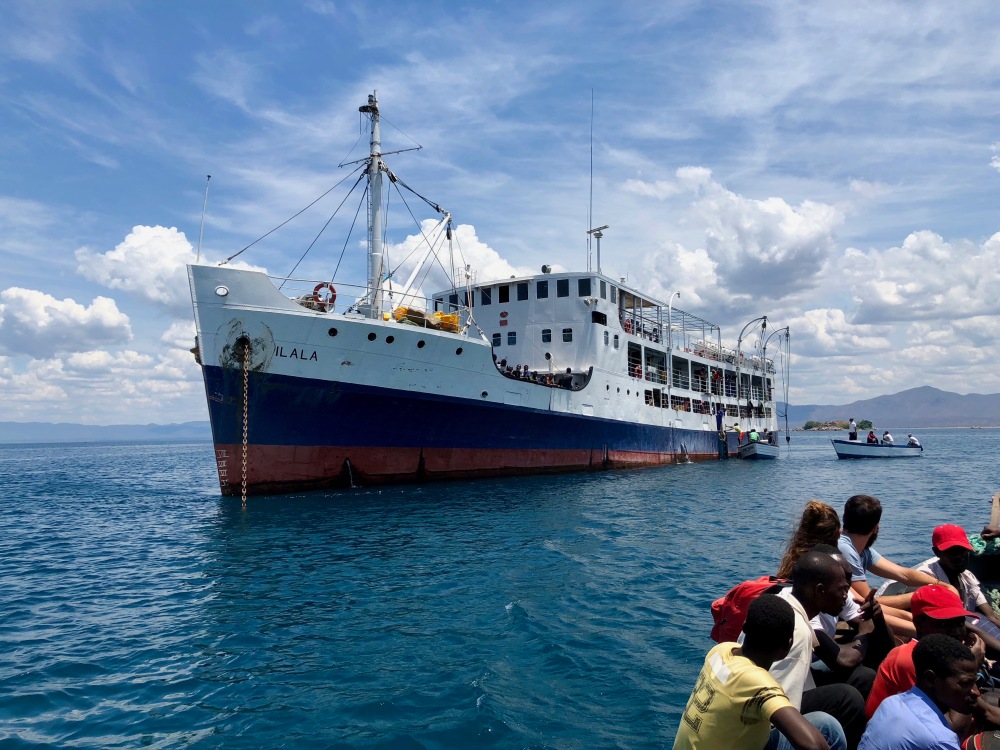
The ferry arrived at Likoma Island and I stayed at Mango Drift. From Likoma, I took a local ferry to Nkhata Bay on Lake Malawi’s western shore. I felt a pang in my heart as we approached Nkhata Bay. This would be my last stop in Malawi. Whereas Likoma Island is very remote, the Ilala ferry is the island’s only connection to the mainland, Nkhata Bay is much more “built up.” This allowed me to stock up on supplies and plan my Tanzania itinerary. I stayed at Mayoka Village in Nkhata Bay.
From Nkhata Bay, I caught a taxi to Mzuzu, the largest city in northern Malawi. From Mzuzu, I boarded a direct bus to Dar es Allam, Tanzania’s capital city some 700 miles away. The driver oversold the bus so I slept on the floor. A few others joined me. We used our bags as makeshift pillows and lined the aisle of the bus. I held my guitar against my chest and fell asleep. We began the 26-hour trip and headed for the Malawi-Tanzania border.
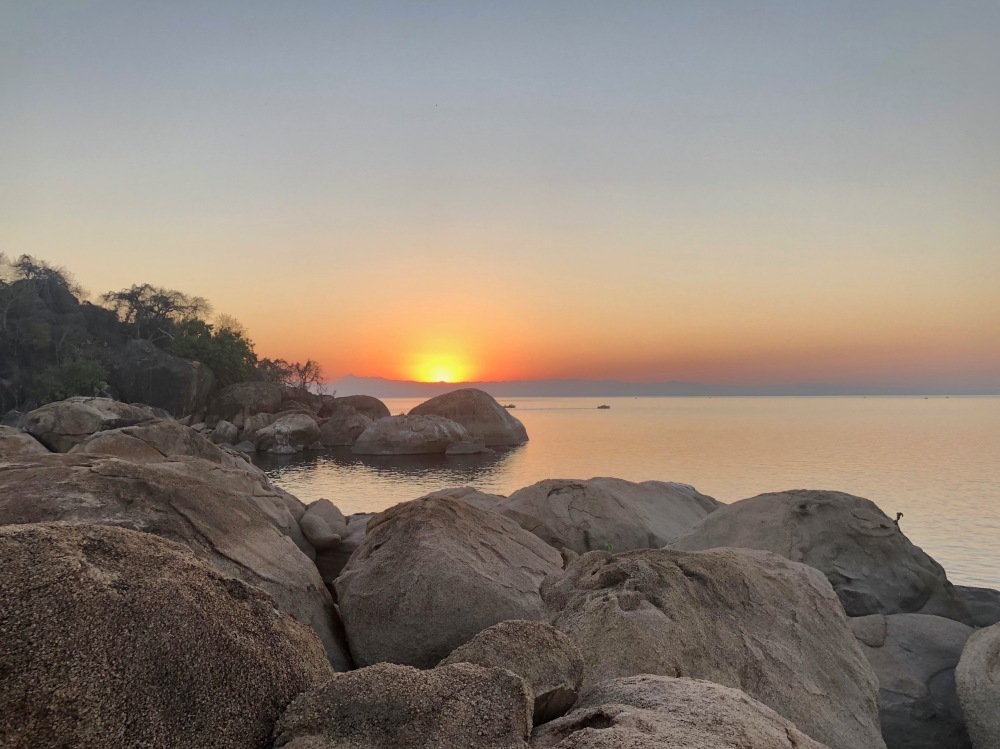
MAFIA ISLAND
From October to February, Mafia Island is one of the best places in the world to swim with whale sharks. This is what drew me to the island. Little did I know, it has so much more to offer. Located off the Tanzanian coast, it is reachable only by ferry and local flights from Dar es Allam. It mainly attracts scuba divers, snorkelers, and those seeking a laid-back alternative to Zanzibar. The Mafia Island Marine Park protects the island and its coastal waters.
I arrived by plane. The flight from Dar es Allam was short and painless. The plane cut across the Indian Ocean and I took in the panoramic views. I stayed with Afro Whale Shark Safari on the island. Catering to budget-minded travelers, they offer bungalows and campsites (with tents available for rent) just steps from the ocean. Each day they offer whale shark snorkeling trips. I am proud to write about Afro Whale Shark Safari because it is 100% locally owned. The staff is superb and cooked delicious meals. Afro, one of the founders, is well-connected if you need help arranging transportation or activities.

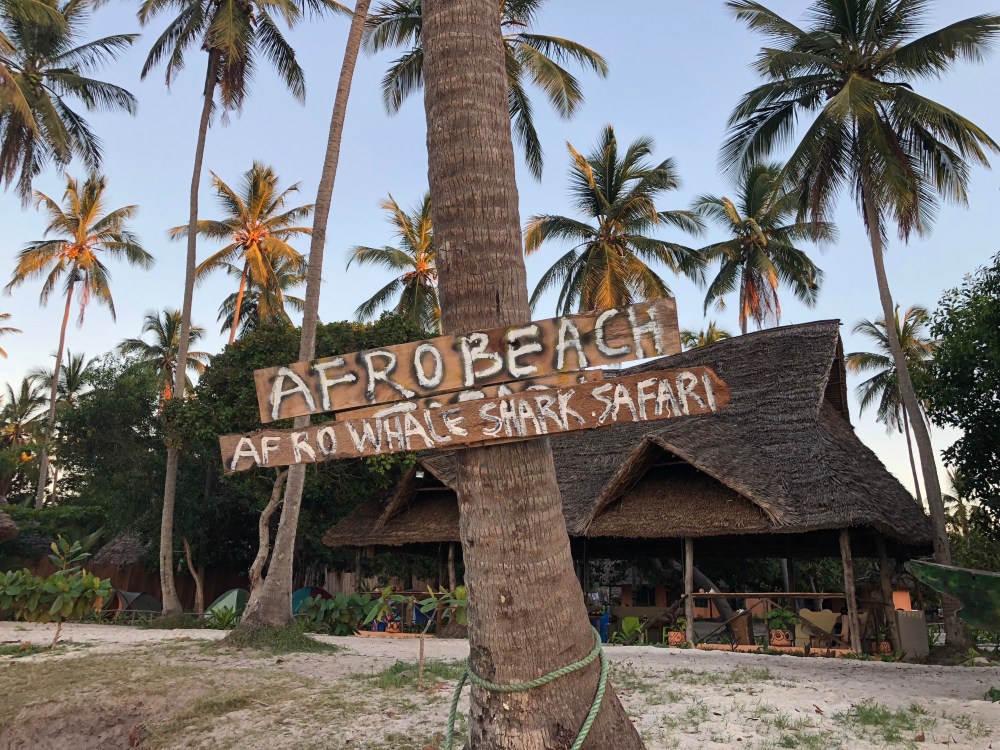
Whale sharks are the largest fish in the ocean, weighing 9 tons and growing over 40 feet long. They are filter-feeders and pose no threat to humans. Though whale sharks are traditionally a migratory species, Mafia’s population stays close to the island year round. I swam with two whale sharks in Mafia Island. The first, a fully grown adult, was over 30 feet long. This sighting was very relaxed. There were eight snorkelers in the water and we were the only boat at sea. The shark swam under us in the clear blue water. The second whale shark was an 18-foot juvenile. This sighting was chaotic. Snorkelers from four different boats quickly surrounded it. It spent 20 minutes with us before swimming off to deeper water. While I was grateful to snorkel with these giants, I left the water with mixed feelings. On one hand, giving people one-on-one experiences with wildlife can change them forever. Hopefully, it will inspire them to protect our fragile planet. In reality, it felt like we were overwhelming the whale sharks and putting them through unnecessary stress.
The Mafia Island Marine Park, a marine protected area, is a world-renowned dive spot. The Tanzanian government established the marine park in 1996. I logged three dives on Mafia Island and they were my favorite to date. I dove with Marco, owner of the Shamba Kilole Lodge. The coral reefs were relatively healthy and teeming with life. The highlights were the grouper and stingrays we saw. On the last dive, we spotted two “super grouper,” each over six feet in length. We also met two stingrays who spent a few minutes circling and investigating us. At first, these animals were intimidating and it was clear they lorded over the reefs – so long as no sharks or dolphins were in the area. But as each minute passed, my confidence grew and any fears turned into fascination.
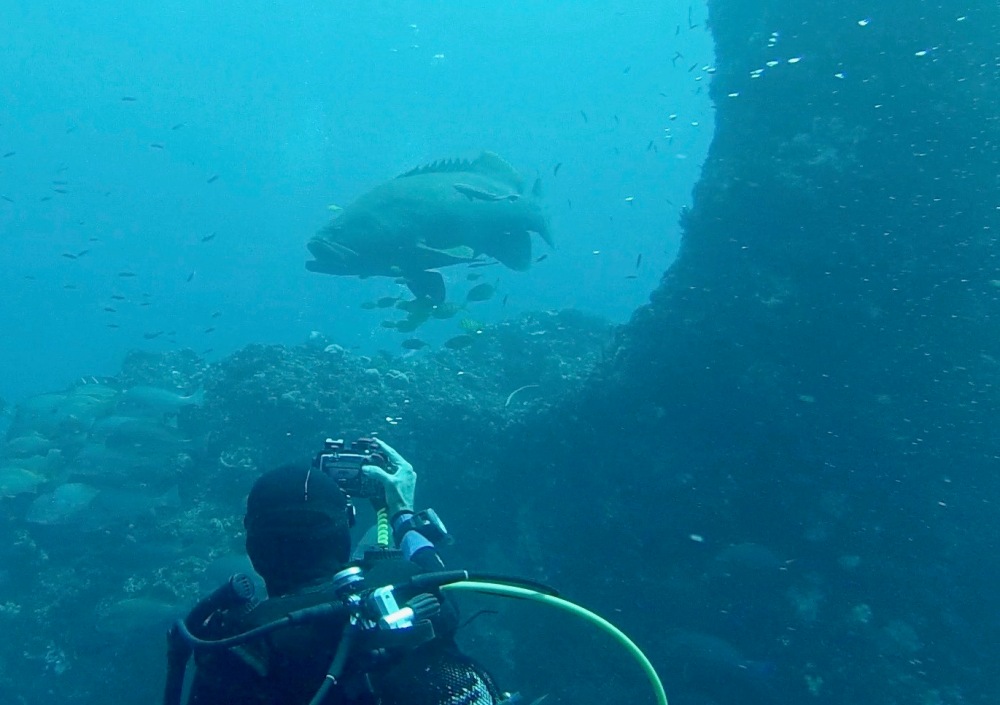
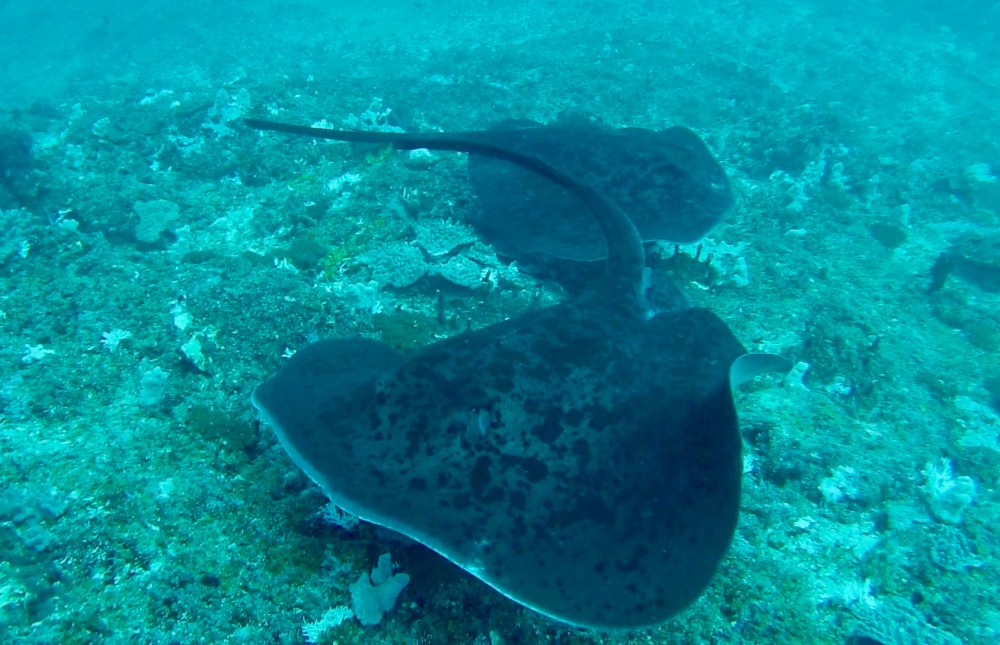
When I wasn’t underwater, I enjoyed Mafia Island’s relaxed feel and friendly people. My tent was just feet from the ocean. At night I fell asleep to the low rumble of waves. The sunsets were impossible to miss and the stargazing was incredible. Each day I walked from Afro’s to a small fishing village down the beach. With a few dollars, I found a meal and friendly locals to converse with. My favorite meal was beef stew with rice and freshly brewed chai tea. During one trip to the village, I injured my foot on a rock. A local man came over to help and quickly waved over a motorcycle taxi. In Swahili, he instructed the biker to take me to the doctor and back to Afro’s. The driver passed me his helmet and took off for the local doctor. In just twenty minutes, the doctor treated me and I was back at Afro’s.
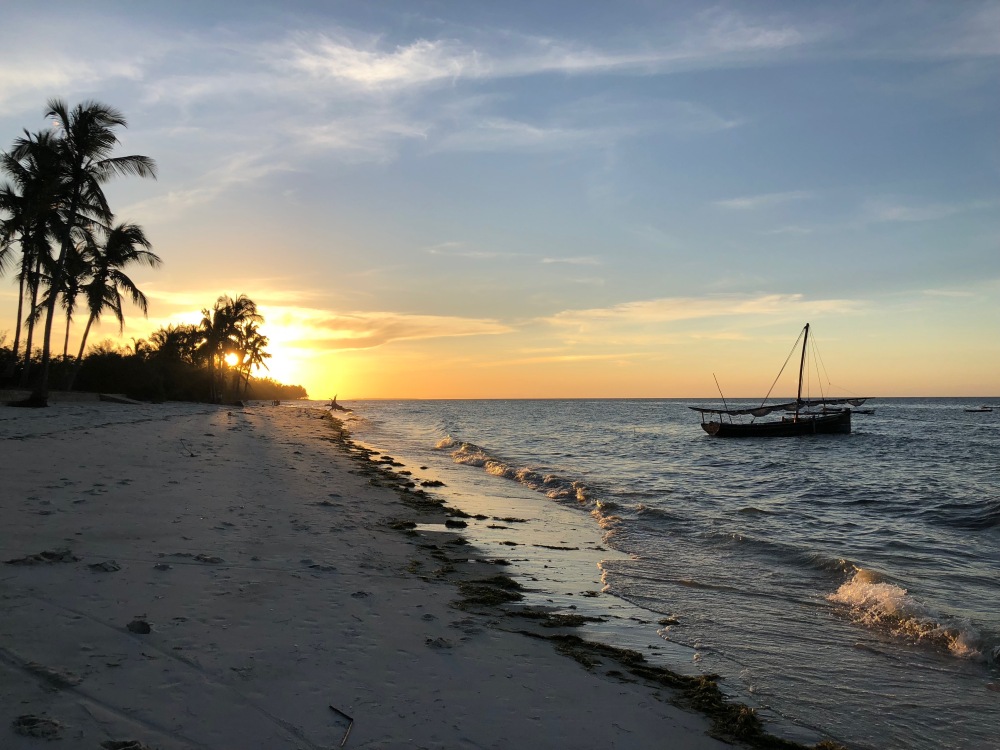
ZANZIBAR
“I went looking for the dream of Africa. I woke up in Tanzania.” These words left an imprint on my imagination. How could they not? The quote is from season 4 and episode 5 of Parts Unknown, Anthony Bourdain’s award-winning travel show. Tragically, he passed away in June of 2018. Bourdain was and remains one of my personal heroes. He inspired me to visit Zanzibar some years ago.
Zanzibar is a semi-autonomous state located off the Tanzanian coast. Two large islands and a network of smaller ones make up Zanzibar. The island of Unguja is the main tourist destination. I visited Stone Town and Nungwi Beach on Unguja. Like Mafia Island, it is only reachable by ferry or local flight from Dar es Allam. There is much to like about Zanzibar. It is known for picturesque beaches, a variety of watersports, and a vibrant culture that blends African, Arab, and European influences. This melding of cultures stems from a dark past. Zanzibar was the linchpin of the East African slave trade. This brought in merchants from across the globe and slaves from across the African continent. Zanzibar’s history is not all negative. One example is Farrokh Bulsara. Farrokh was born in Stone Town in 1946. The world would know him as Freddie Mercury.
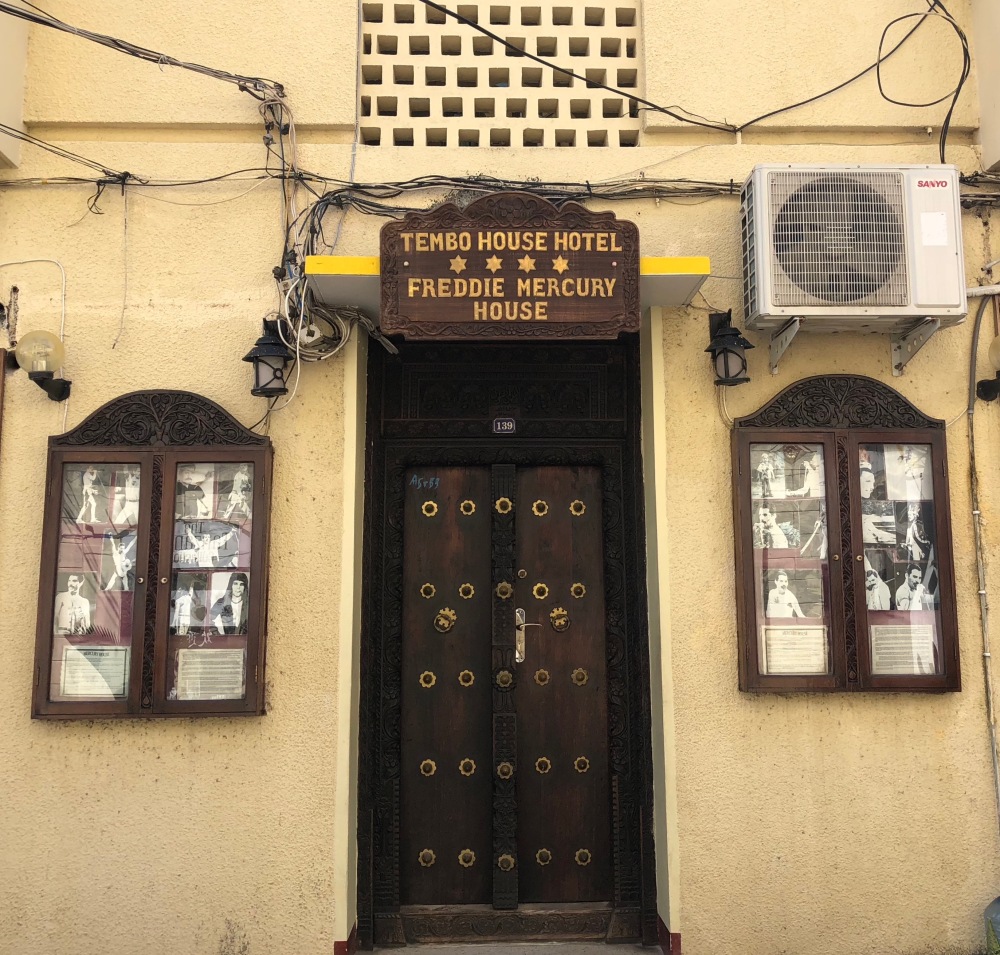
In contrast to Mafia Island, Zanzibar, particularly Stone Town, is heavily visited by tourists. This is a turnoff for some travelers. But like anywhere, if you try hard enough, you can beat the crowds and craft an authentic experience. I found Stone Town’s charm in little things like spiced coffee, hand-carved doors, and its network of alleyways which were abuzz with merchants and artists. The nighttime food market at Forodhani Gardens is a must see for all visitors – try the fresh seafood and Zanzibar pizza. As a World Heritage Site, the city was exceptionally clean and well-preserved. For a dose of history, I toured the Christ Church Cathedral. The cathedral opened in 1879 on the grounds of the former slave market. When it closed in 1873, it was one of the world’s last operating slave markets. Today, the church and adjoining museum educate visitors on the East African slave trade. The tour was informative. It helped to demystify Zanzibar’s identity and the brutal slave trade. I stayed at the Lost & Found hostel in Stone Town.
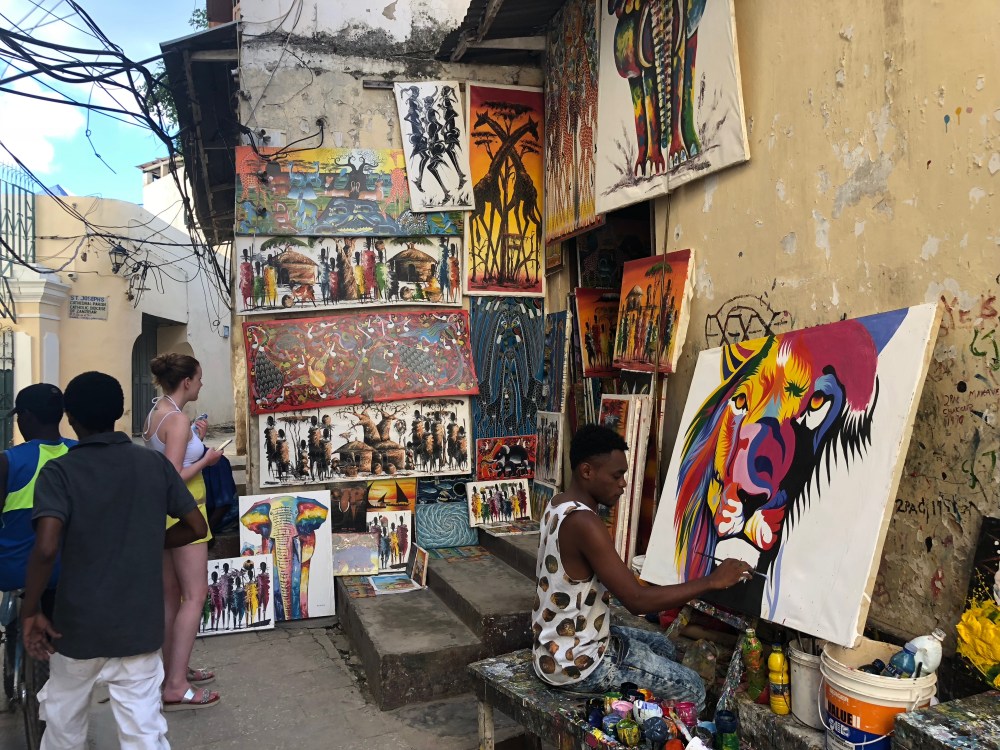
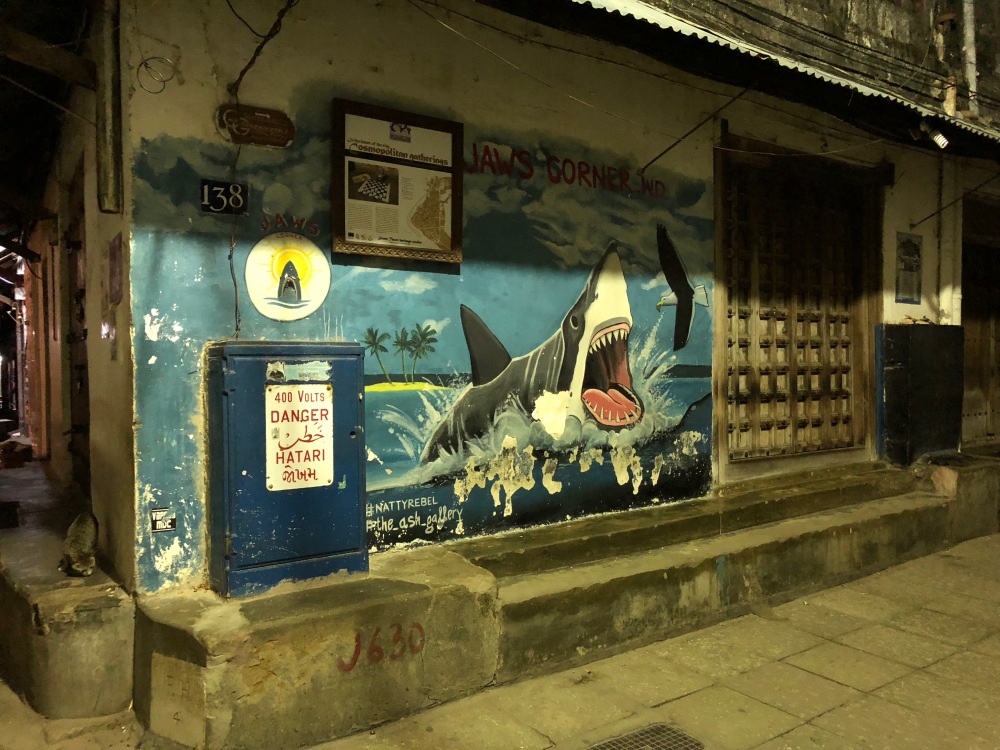
From Stone Town, I took a bus to Nungwi, a beachside village at the northern tip of the island. This is where I spent my last days of the trip. While beautiful, Nungwi was the most commercialized beach I visited in Africa. I spent two nights at the Makofi Guest House. From Nungwi, I returned to Stone Town to catch my flight home. The sunlight began to fade in the terminal. I smiled as we rolled down the runway, reflecting on the people I had met and the experiences we shared. Despite starting alone, I ended the trip with a community. It’s easy to find common ground with people – we all need to eat and we all need to laugh. Before I knew it, the plane was climbing as the sun sank below us.
Damn what a trip! And you’ve got fantastic photos from South Luangwa park.
LikeLike